Las herramientas de corte de carburo de tungsteno se utilizan en muchas industrias por su dureza, durabilidad y larga duración. Sin embargo, no todas las herramientas de carburo son iguales. Las herramientas de mala calidad pueden desgastarse rápidamente, romperse o tener un acabado deficiente. Esta guía le ayudará a comprender cómo comprobar la calidad de las herramientas de corte de carburo de tungsteno antes de comprarlas o usarlas.
1. Compruebe la dureza de la herramienta
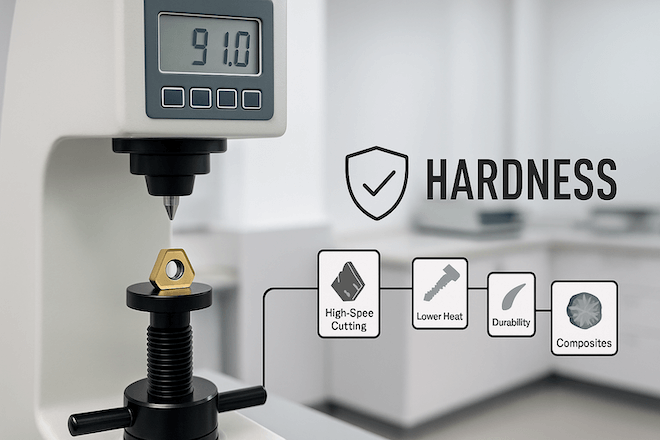
Una de las señales más importantes de una buena herramienta de corte de carburo de tungsteno es su durezaLas herramientas más duras permanecen afiladas por más tiempo y pueden cortar materiales más duros.
La mayoría de las herramientas de carburo de alta calidad tienen una clasificación de dureza (HRA) de 89 a 93.
Las herramientas con menor dureza pueden desgastarse más rápido, especialmente en acero y aleaciones metálicas.
💡Puedes solicitar al proveedor un informe de dureza o una ficha técnica del producto antes de comprarlo.
👉 Obtenga más información sobre la dureza de las herramientas de carburo en www.retopz.com – busque nuestra sección de especificaciones de carburo de tungsteno en las páginas de productos como insertos de carburo o Fresas de carburo.
2. Observe el tamaño del grano de la herramienta
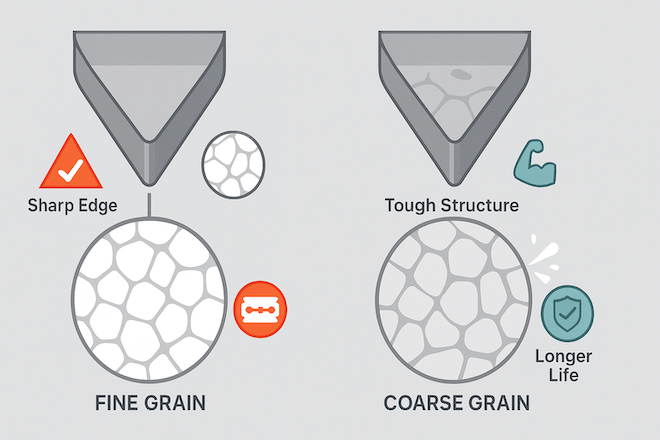
Las herramientas de carburo están hechas de granos de carburo de tungsteno mezclados con un aglutinante (generalmente cobalto). Tamaño del grano afecta a ambos tenacidad y resistencia al desgaste:
Granos finos (submicrónicos) → bordes más afilados y mejor Acabado superficial.
Granos gruesos → mayor tenacidad pero menor resistencia al desgaste.
Una estructura de grano equilibrada es mejor para tareas de corte generales.
✔️ Las herramientas de alta calidad utilizan tamaños de grano bien controlados con una unión fuerte.
3. Prueba de resistencia al desgaste
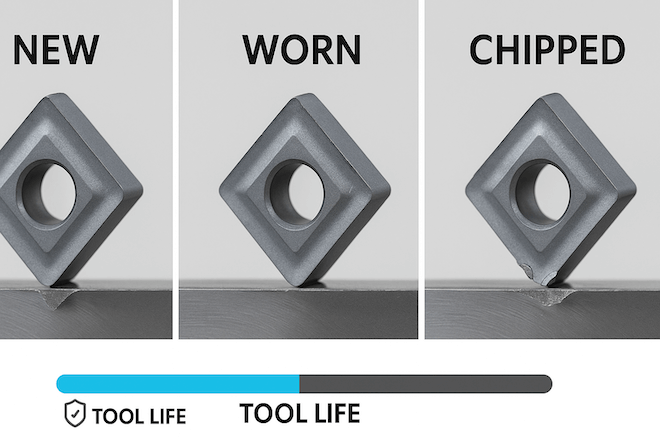
La vida útil de la herramienta es una de las formas más sencillas de comprobar la calidad:
Una buena herramienta de carburo de tungsteno debería durar muchas horas en operaciones de corte.
Las herramientas de baja calidad se astillarán, agrietarán o perderán el filo rápidamente.
También puedes buscar recubrimientos como TiN, TiAlN o diamante, que añaden protección adicional.
🔍 En www.retopz.com, nuestras herramientas de carburo como Hojas de sierra de carburo y Insertos para carpintería Vienen con recubrimientos opcionales de alto rendimiento para mejorar la vida útil de la herramienta y la precisión del corte.
4. Inspeccione el acabado de la herramienta
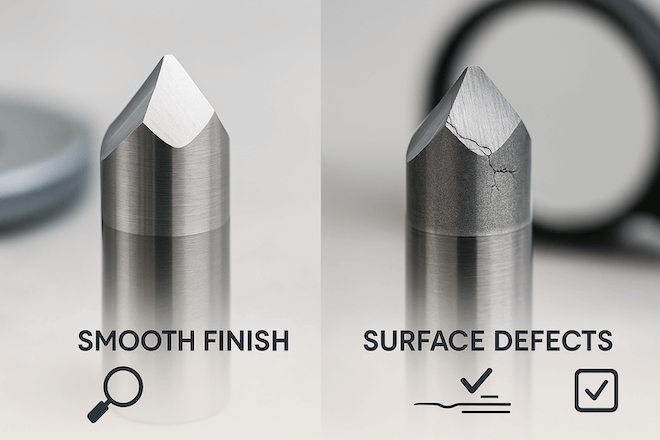
Una herramienta de corte de calidad tendrá un acabado suave y pulido con:
Sin grietas ni picaduras en la superficie.
Recubrimiento uniforme (si está recubierto).
Bordes de corte afilados y definidos.
⚠️ Los bordes ásperos o dañados significan una fabricación deficiente o un control de calidad débil.
Si es posible, utilice una lupa o un microscopio para inspeccionar el filo antes de comprar.
5. Verifique la tolerancia y precisión de la herramienta
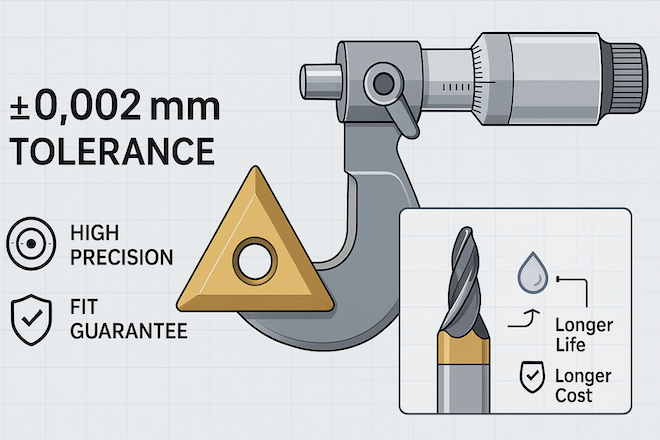
Las buenas herramientas de corte deben fabricarse con tolerancias estrictas. Esto garantiza:
Ajuste preciso en las máquinas.
Tamaños de corte consistentes.
Vibración mínima durante el uso.
Pregunte al proveedor por las especificaciones de tolerancia: para herramientas de primera calidad, busque:
±0,002 mm o mejor para insertos y fresas.
Superficies de terreno con control de excentricidad preciso.
✅ En www.retopz.comOfrecemos herramientas de carburo de alta precisión con estrictos estándares de calidad ISO 9001.
6. Comprenda el ajuste de la aplicación
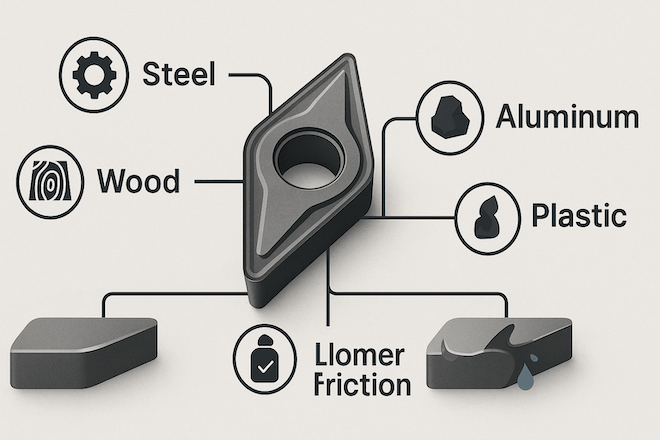
Una buena herramienta debe estar diseñada para el trabajo adecuado. Asegúrese de que la herramienta se ajuste a sus necesidades:
Tipo de material (acero, madera, aluminio, plástico, etc.)
Velocidad de corte
Velocidad de alimentación
Sistema portaherramientas
Por ejemplo:
Los escariadores de carburo son los mejores para realizar agujeros con precisión.
Los insertos de carburo funcionan bien en el torneado CNC.
Las fresas de carburo son ideales para ranurar y contornear.
🛠️ Si no estás seguro de qué herramienta se adapta a tu trabajo, visita nuestra guía de aplicación del producto en www.retopz.com.
7. Verifique la fuente o el fabricante
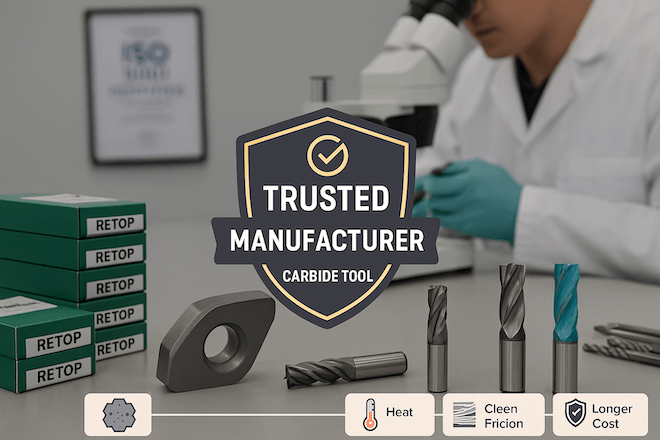
La marca y el proveedor de la herramienta de corte son importantes. Los fabricantes de confianza tienen:
Experiencia comprobada en la producción de carburo.
Equipos modernos y laboratorios de pruebas.
Certificaciones internacionales.
Hazte estas preguntas:
¿Cuanto tiempo llevan en el negocio?
¿Pueden proporcionar herramientas de carburo personalizadas?
¿Tienen informes de control de calidad?
🌟 Retop cuenta con más de 14 años de experiencia en la fabricación y exportación herramientas de corte de carburo de tungstenoServimos a más de 50 países con soluciones personalizadas y confiables.
Explora nuestras líneas de productos:
👉 Componentes de válvulas de carburo
👉 Bujes y manguitos de carburo
👉 Anillos de sellado de carburo
8. Solicite primero una muestra o un pedido pequeño
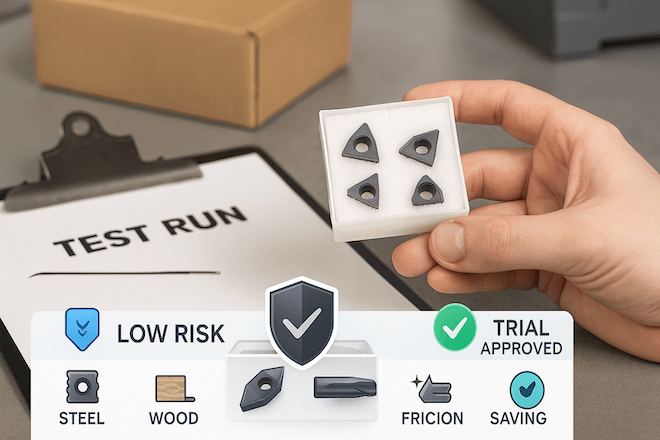
Si está probando un nuevo proveedor o tipo de herramienta:
Comience con un pedido de lotes pequeños.
Ejecute pruebas en la configuración de su máquina.
Mida el desgaste de la herramienta, el acabado de corte y la vida útil.
Esto reduce el riesgo y le ayuda a generar confianza a largo plazo con el proveedor.
En www.retopz.comOfrecemos opciones de muestra y pedidos de lotes pequeños para la mayoría de nuestras herramientas estándar.
9. Compare el precio con el valor
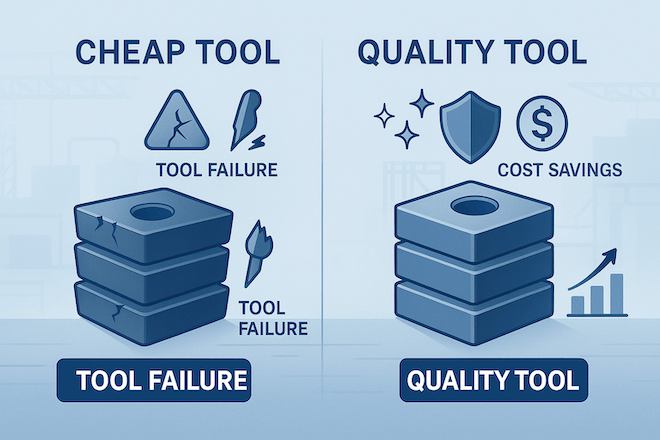
Las buenas herramientas de carburo pueden costar un poco más al principio, pero:
Duran más.
Reducir el tiempo de cambio de herramienta.
Mejorar la calidad de las piezas.
Ahorre dinero a largo plazo.
No elija siempre la herramienta más barata: céntrese en la que ofrezca el mejor valor para su proceso.
Reflexiones finales
Para obtener los mejores resultados con las herramientas de corte de carburo de tungsteno, es fundamental identificar la calidad. Observe el material, el diseño, la precisión, la resistencia al desgaste y la reputación del proveedor. Una herramienta de calidad mejora su trabajo, ahorra tiempo y corta mejor.
✔️ Elija proveedores confiables como Retop
✔️ Pide siempre datos técnicos
✔️ Adapte la herramienta a su aplicación
✔️ Inspeccione la herramienta antes de usarla
Para obtener más información o solicitar una herramienta de carburo personalizada, visite:
👉 www.retopz.com y explore nuestras soluciones de herramientas de corte.
